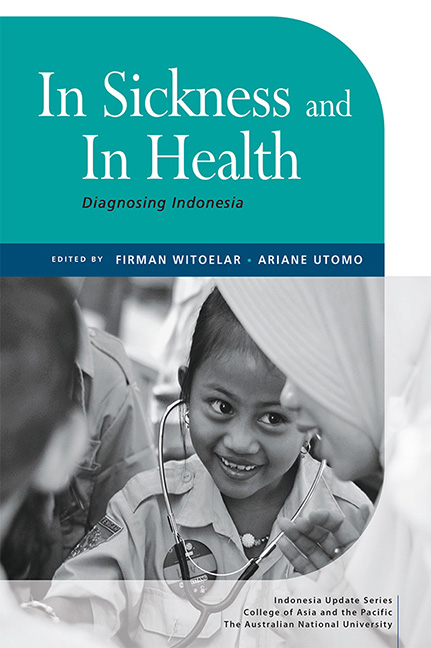4 - The importance of the 2020 Population Census for health data
Published online by Cambridge University Press: 09 January 2024
Summary
It is a matter of great pride and frequent comment that Indonesia is the fourth most populous nation and the third most populous democracy in the world. This factoid, much beloved by journalists and schoolchildren, opens the door to bickering among other nations’ politicians, but it lays out two vital issues: Indonesia as a nation and Indonesia as a democracy. Both point to the importance of reliable population estimates for the workings of health, education and electoral systems. Demography provides tools to measure population dynamics. The demos in both demography and democracy refers to people—the citizens of a nation. For Indonesia, the demographic story goes back to the early nineteenth century when Sir Thomas Stamford Raffles’ short-lived British administration of Java included a census count. In the subsequent hundred years a restored Dutch administration, riding the trends of modernisation, industrialisation and enlightenment, adopted many innovations to improve the counts of the rapidly growing population, initially in Java but inexorably spreading through the archipelago.
In the historical effort to understand disease and death, doctors and governments used these census results to measure and analyse human experiences of health challenges. At the core of recording disease and death is the importance of understanding population size, characteristics and trends. Public health was growing as a discipline in European medical schools, and administrators were learning to use rates and ratios to evaluate the impact of their actions. Numerators were counts of the blows to the individuals suffering from infectious diseases, nutritional insults or violent attacks. But they gained rational explication when denominators turned them from simple reports into forms of logical analysis. More often than not these denominators were measures of the population including age and sex structure. In the face of pandemics and hunger, the government fostered ever more demographically informed health data throughout the late nineteenth and twentieth centuries.
In this chapter, the history of censuses and health statistics is followed through to the innovations of the reform-era political leaders of the twenty-first century. Two themes stand out. First, following five decades of progress in building statistical strengths in government, bureaucrats have recently backtracked in important ways.
- Type
- Chapter
- Information
- In Sickness and In HealthDiagnosing Indonesia, pp. 56 - 70Publisher: ISEAS–Yusof Ishak InstitutePrint publication year: 2022



